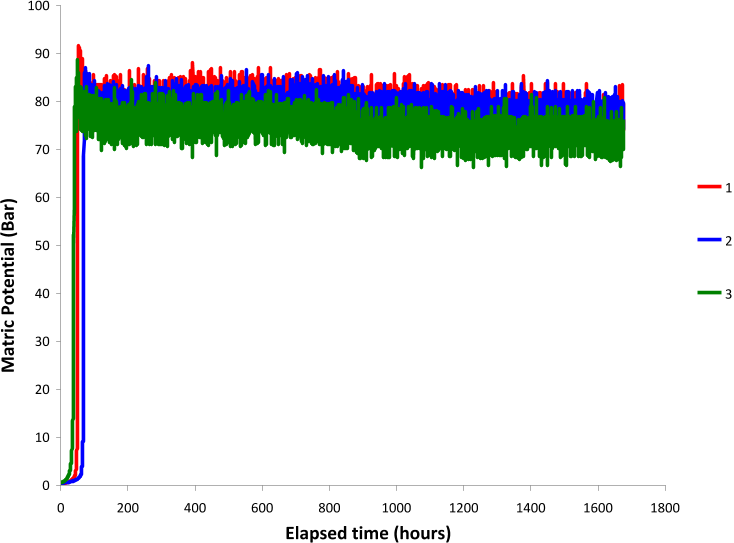




Did you find this useful? Give us your feedback


























7 citations
...The BC Cribs and Trenches site has been the focus of vadose zone investigations (e.g., Ward et al. 2004; Truex et al. 2011b, 2012)....
[...]
...This approach supports consideration of active remedies to augment natural attenuation within the context of the recognized “enhanced attenuation” approach (ITRC 2010; Truex et al. 2011a)....
[...]
...These processes are essentially the same as those presented and described in detail in the EPA technical protocol for MNA of inorganic contaminants in groundwater (EPA 2007a, 2007b, 2010; ITRC 2010) and described with respect to conceptual site models by Truex et al. (2011a)....
[...]
...As such, the existing MNA guidance, including the EPA and Interstate Technology & Regulatory Council (ITRC) protocols (EPA 2007a, 2007b, 2010; ITRC 2010) and the Scenarios document (Truex et al. 2011a), discuss these processes in detail....
[...]
6 citations
...After desiccation, the flux rate of water and contaminants toward groundwater is reduced, as shown in laboratory and field studies (Oostrom et al., 2009; Truex et al., 2011, 2012, 2018)....
[...]
...Soil desiccation has also been demonstrated to be effective at creating dry conditions at the USDOE Hanford Site in southeastern Washington State, where moisture content and contaminant flux were lowered to near zero (Oostrom et al., 2009; Truex et al., 2011, 2012, 2013, 2018; Zhang, 2016)....
[...]
5 citations
4 citations
3 citations
...2011), modeling studies (Ward et al. 2008; Truex et al. 2011), and field testing (Truex et al....
[...]
...Soil desiccation was investigated as a potential vadose zone remediation technology, including laboratory studies (Ward et al. 2008; Oostrom et al. 2009 2012a,b; Truex et al. 2011), modeling studies (Ward et al....
[...]
...Desiccation of a portion of the vadose zone, in conjunction with a surface infiltration barrier, has the potential of minimizing migration of deep vadose zone contaminants towards the water table (Truex et al. 2011)....
[...]
...Evaporation can remove pore water and result in very low moisture content in the desiccated zone (Ward et al. 2008; Oostrom et al. 2009; Truex et al. 2011)....
[...]